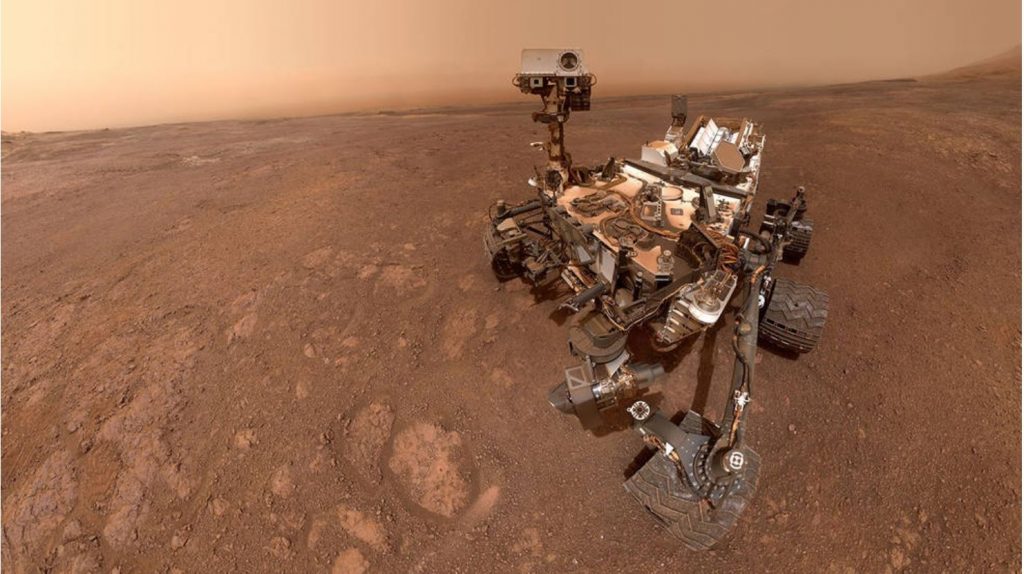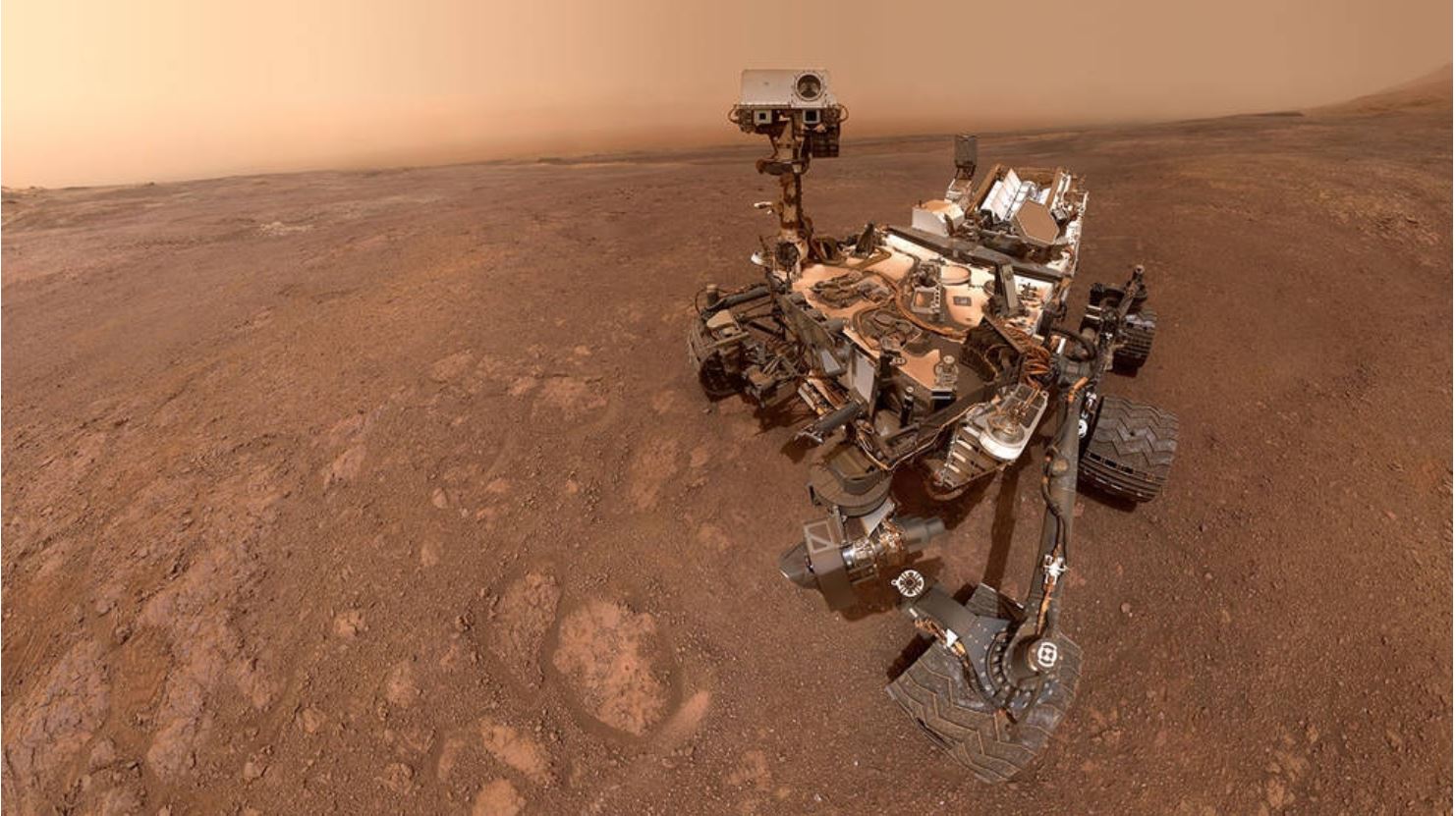An international team of scientists has for the first time identified a potential source of methane gas on Mars, almost six years after NASA’s Curiosity rover first detected hints of the gas on the Red Planet, and which may aid in future space missions.
The team, including researchers from the National Institute of Astrophysics in Rome, have found that methane gas detected by the Curiosity rover in 2013 may have been released from a layer of permafrost containing bubbles of the gas that was fractured by a geological event, the Guardian reported on Monday.
On June 16, 2013, instruments on Curiosity recorded a spike in methane in the Gale crater — a 96 mile-wide bowl where the rover landed in August 2012.
In the study, reported in the Nature Geoscience journal, the team analysed data from planetary fourier spectrometer (PFS) on the European Space Agency’s Mars Express orbiter, to look for methane in and around the Gale crater from December 2012 to July 2014.
While the Curiosity rover measured a methane concentration of 5.78 parts per billion (ppb) in the Gale crater on June 16, 2013 the PFS recorded 15.5 ppb in the column of atmosphere above the crater, the report said.
The location, known as Aeolis Mensae, has a number of geological faults that may have fractured nearby permafrost and released any methane trapped inside. Alternatively, incoming meteorites might have broken the ice open, the report noted.
“Remarkably, we saw that the atmospheric simulation and geological assessment, performed independently of each other, suggested the same region of provenance of the methane, which is situated about 500 km east of Gale,” said Marco Giuranna from the varsity.
The apparent presence of methane on Mars has fuelled intense speculation that the gas could emanate from microbial Martians beneath the surface.
Even if microbes were not the culprit, Giuranna said the gas would make the planet more habitable because it could be used as a source of carbon and energy. Humans could also potentially make use of methane trapped beneath the Martian soil to make chemicals and rocket fuel.




